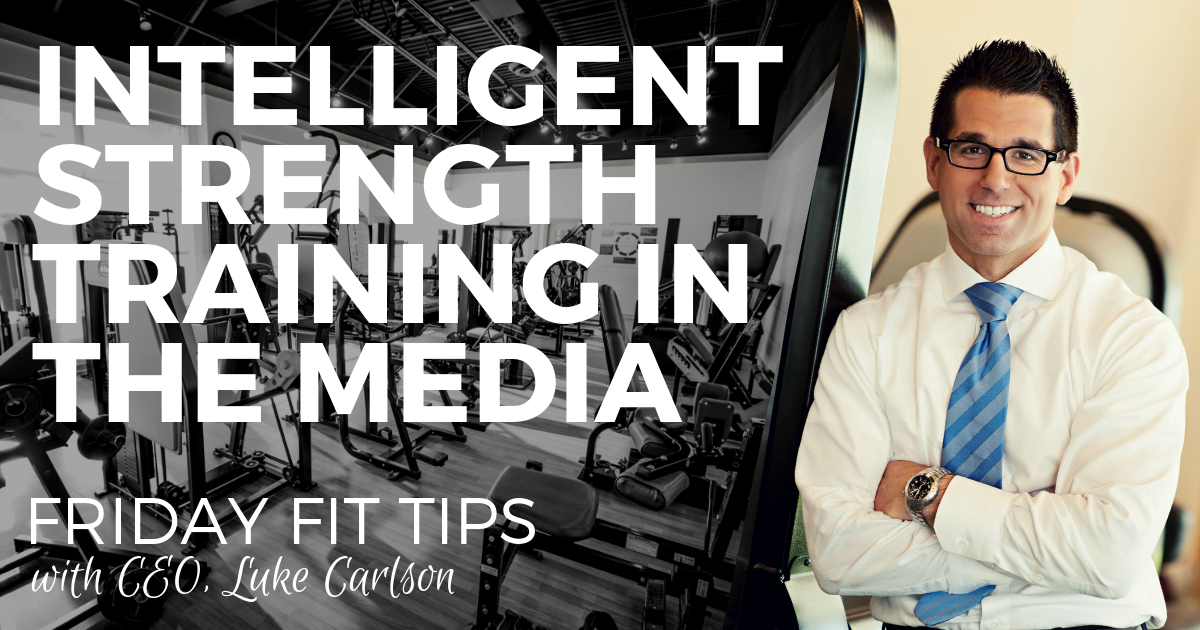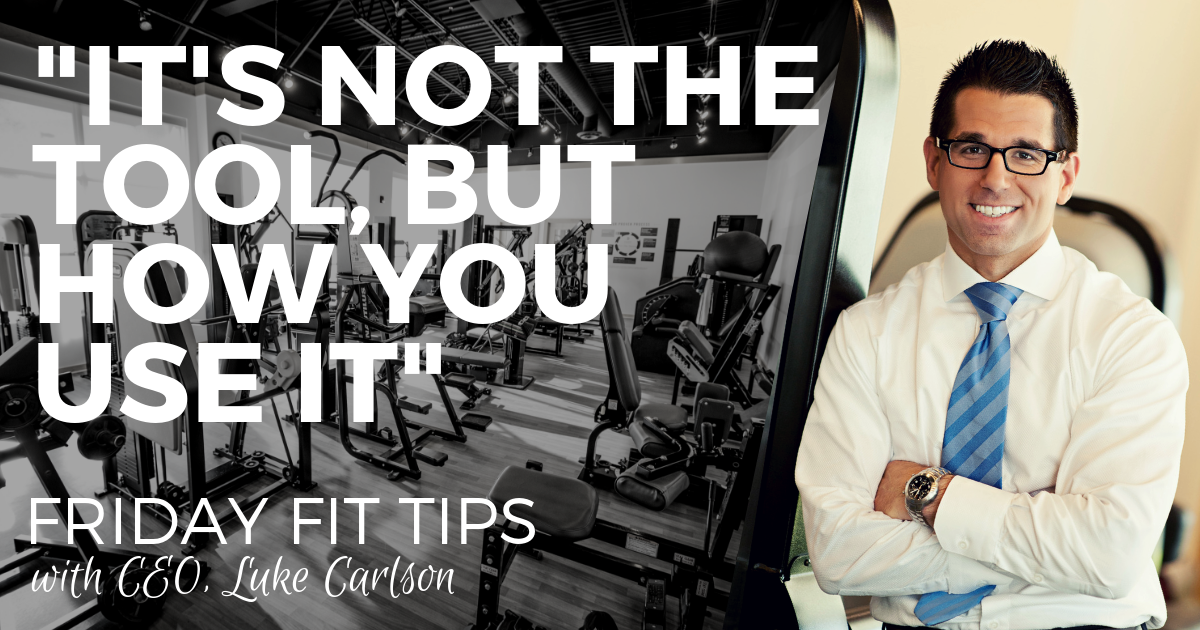INTELLIGENT STRENGTH TRAINING IN THE MEDIA
"IT'S NOT THE TOOL, BUT HOW YOU USE IT"
The Prophylactic for Aging
Classic Movie Scene and How Learning to Surf is Like Strength Training
In one of my all time favorite scenes from one of the modern classic rom-coms, “Forgetting Sarah Marshall,” Paul Rudd’s character attempts to teach the heartbroken Peter (played by Jason Segal) how to surf. You can watch this 1:30 scene here:
The Major Limitation of a Free Weight: Unilateral Resistance
Arthur Jones, founder of Nautilus Sports Medical Industries and later the MedX Corporation succinctly stated, "Man is a rotary animal." When we contract our muscles, we are causing rotational movement around a joint or a series of joints. Herein lies the primary limitation of a free-weight; while our joints are causing rotary movement, gravity acts on a free-weight in only one direction. The end result is that in most free-weight exercises, the targeted muscle is exposed to direct resistance for only a small portion of the range of motion. An intelligently designed machine includes mechanical elements that make the resistance omnidirectional; thus our muscles must create limb movement that directly opposes the resistance throughout the entire range of motion. This is the foundational advantage of machines when compared to free-weights; an advantage that the vast majority of exercisers and fitness professionals are completely unaware of. Arthur Jones says it best: "Since the "direction of movement" of the involved body-parts is constantly changing, the "direction of resistance" must change in exact accord, automatically, simultaneously, instantly; again, this requirement can only be provided by a rotary form of resistance."
A New Perspective on Exercise for Overweight and Obese Kids
Our Favorite Area of Research
One of the most important discoveries in the field of exercise over the last 10-15 years is that resistance training is far more beneficial for our health and the prevention of chronic disease than we ever would have imagined. Traditionally, we assumed resistance training outcomes centered around increases in muscle strength, muscle size, improved athletic ability, and increased bone mineral density. We relegated health improvements to aerobic exercise. A considerable body of research has shifted our understanding and all but deconstructed this false dichotomy that resistance training is for strength and aerobic exercise is for "health." But why is strength training so beneficial for our health? Emerging science tells us that the answer is, in short, "myokines." Myokines are proteins that are created when our muscles contract. These myokines influence the "crosstalk" between different organs in an autocrine, endocrine, or paracrine fashion. Through these channels, it appears that myokines may have a profound positive effect on metabolic disorders, type 2 diabetes, obesity, and a number of cardiovascular disease risk factors. 20 years ago we knew that resistance training made you stronger. 10 years ago we realized that it makes you healthier. We now are starting to understand that myokines are the probable physiological mechanism for the myriad of health benefits we see from resistance training (benefits that most exercisers, researchers, and health care professionals are still unaware of). The next time someone asks you why you strength-train, your answer should be, "To produce myokines, Bro."






Leave a Reply
Your email address will not be published.